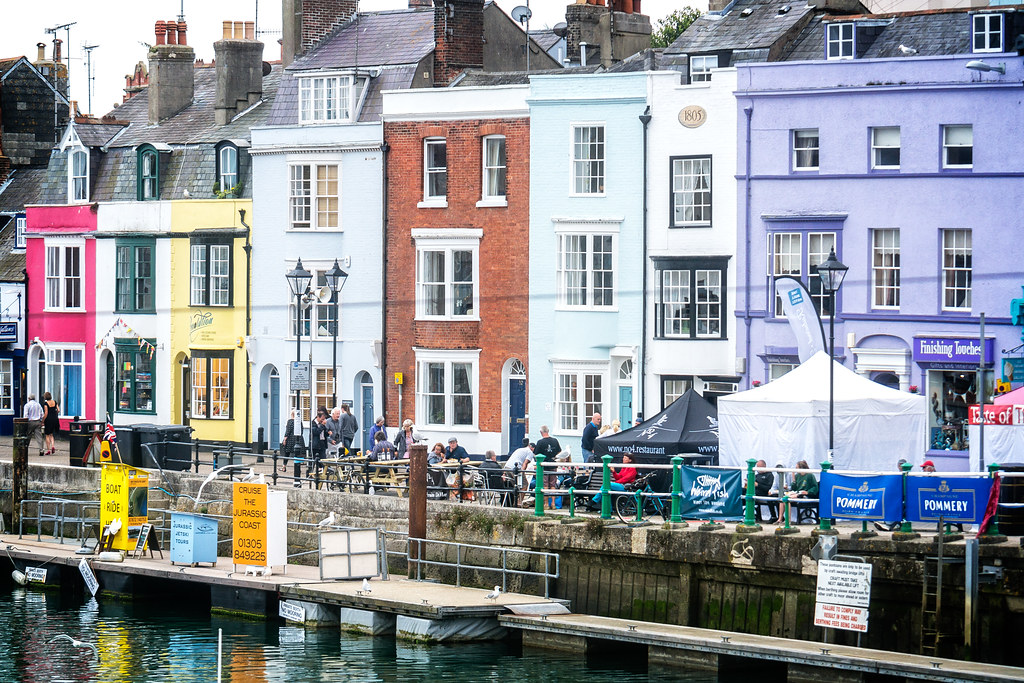Most coastal towns around the globe experience the familiar rhythm of two high tides and two low tides each day. This predictable ebb and flow is primarily governed by the moon’s gravitational pull on our planet’s oceans. However, in the charming English coastal town of Weymouth, the tidal dance takes on a more intricate and fascinating pattern, offering a unique spectacle thanks to its distinct geographical position.
The Universal Force of Tidal Bulges
To understand Weymouth’s peculiarity, it’s essential to first grasp the fundamental principle of tides. The Moon’s gravity exerts a powerful pull on Earth, causing the waters of all seas and oceans to bulge outwards. These bulges occur on two sides: one directly facing the Moon, and another on the opposite side of Earth, where the Moon’s pull is weakest. In between these bulges, the water levels are lower, creating the low tides.
As our planet rotates on its axis and the Moon continues its orbit around Earth, these two tidal bulges effectively sweep across the globe. This dynamic interaction results in the typical cycle of high and low tides, repeating approximately every 24 hours and 50 minutes – the time it takes for a specific point on Earth to return to the same position relative to the Moon.
When Two Seas Meet: The English Channel’s Influence
While the Moon’s gravity is the primary driver, local geography plays an incredibly significant role in shaping tidal patterns. This is where Weymouth’s story becomes truly unique. Situated on the south coast of England, Weymouth lies within the English Channel, a narrow stretch of water connecting the Atlantic Ocean to the North Sea.
Unlike many coastal areas that receive tidal influences from a single body of water, Weymouth is uniquely affected by tidal forces from two different seas. The tide, driven by the vast expanses of the Atlantic, enters the English Channel from one direction, while a separate tidal surge from the North Sea also makes its way into the Channel.
Weymouth’s “Double Low Tide” Phenomenon
The intriguing consequence of these converging tidal forces is that the peaks of the high tide from the Atlantic and the North Sea reach Weymouth at slightly different times. This temporal disparity creates a fascinating and unusual tidal phenomenon.
Regularly, residents and visitors to Weymouth observe a low tide that briefly begins to come back in – a slight rise in water level – before receding once again for a second, true low tide later in the day. This “double low tide” or “double high tide” (depending on the specific tidal phase) is a direct result of the asynchronous arrival of the tidal bulges from the two distinct sea sources.
This remarkable natural phenomenon not only adds to the charm and intrigue of Weymouth but also serves as a compelling example of how complex interactions between celestial mechanics and local geological features can lead to truly unique environmental occurrences. For anyone interested in the wonders of the natural world, a visit to Weymouth offers a tangible demonstration of the intricate dance between the Moon, the Earth, and its oceans.

